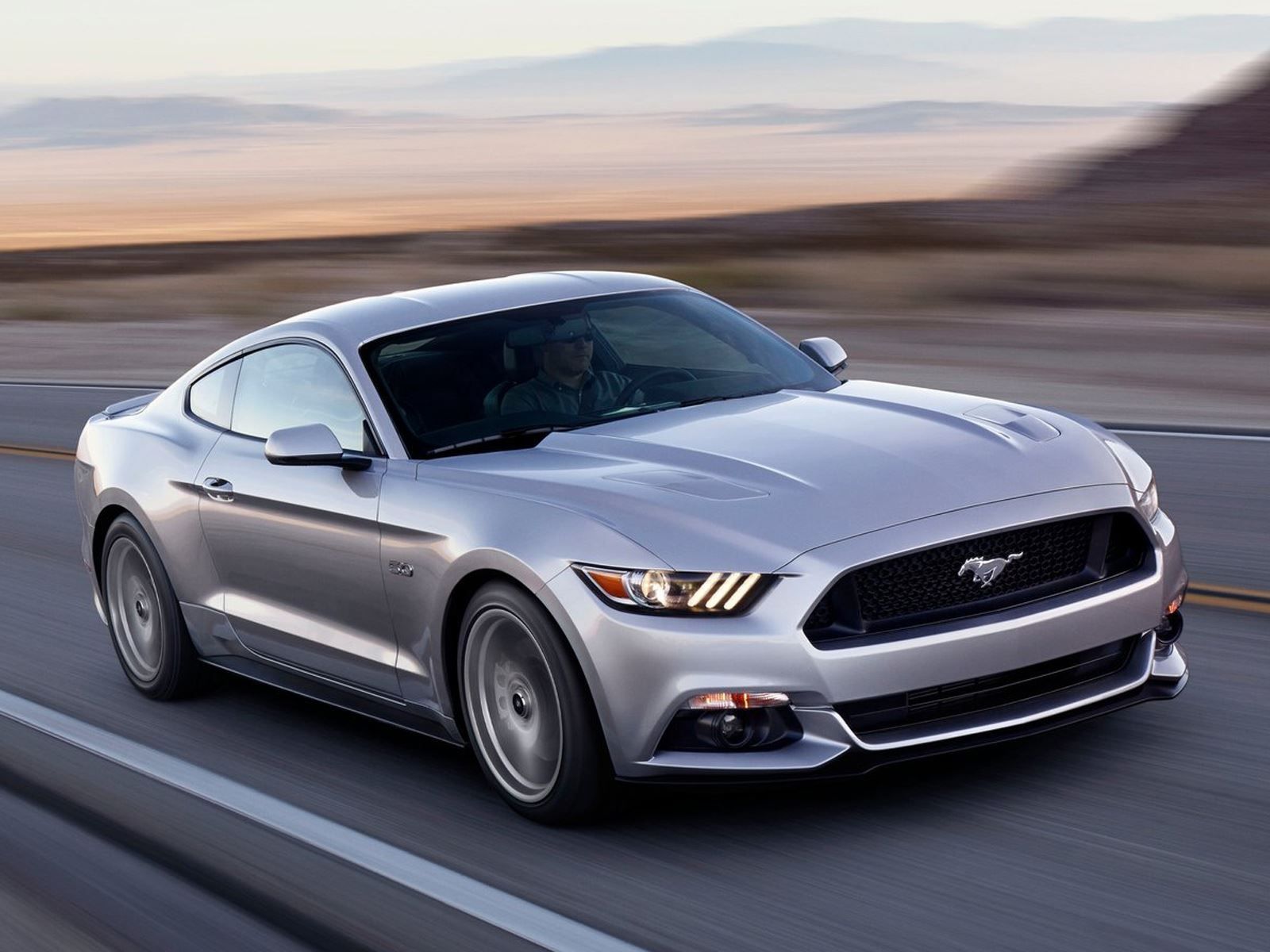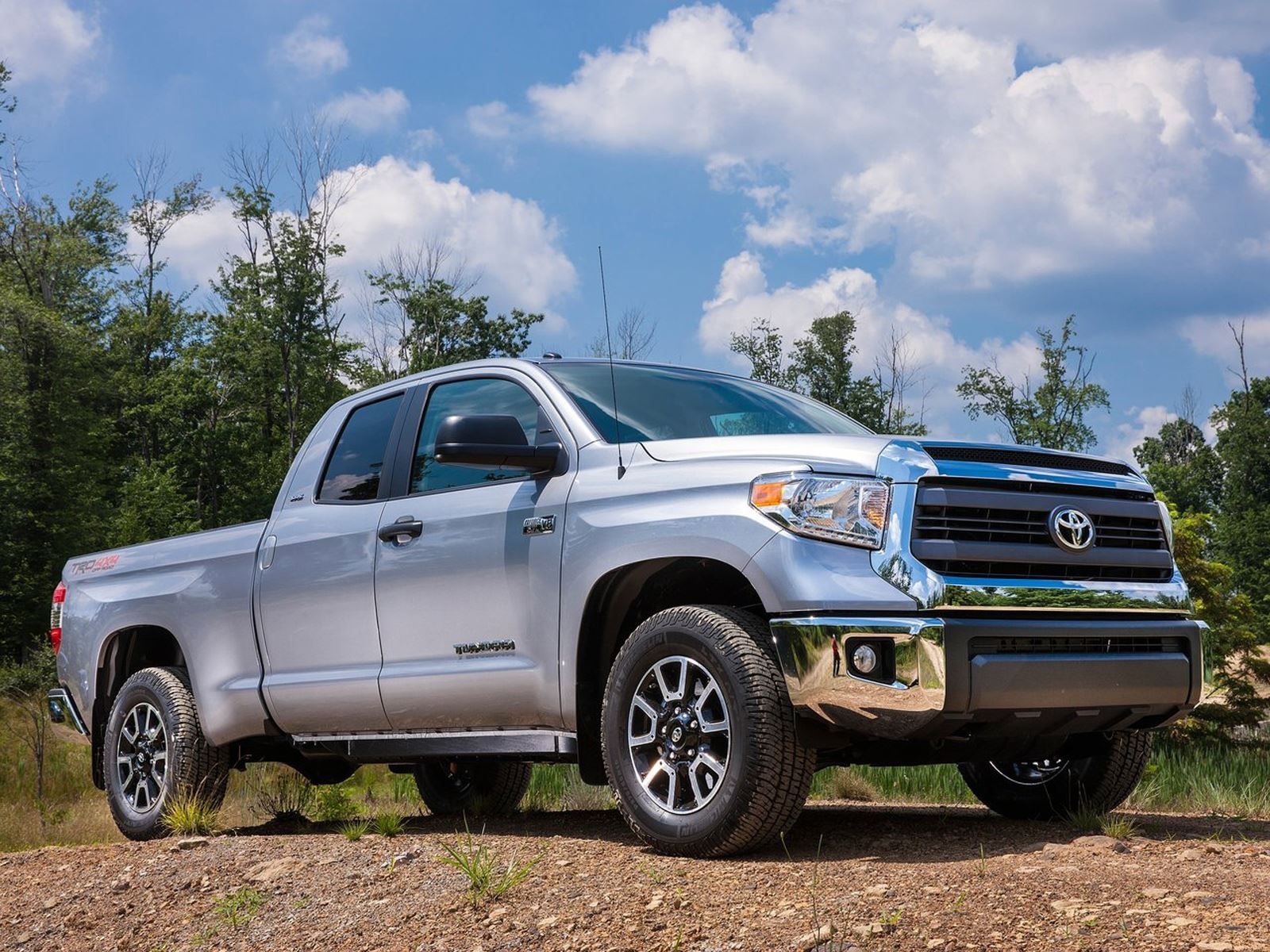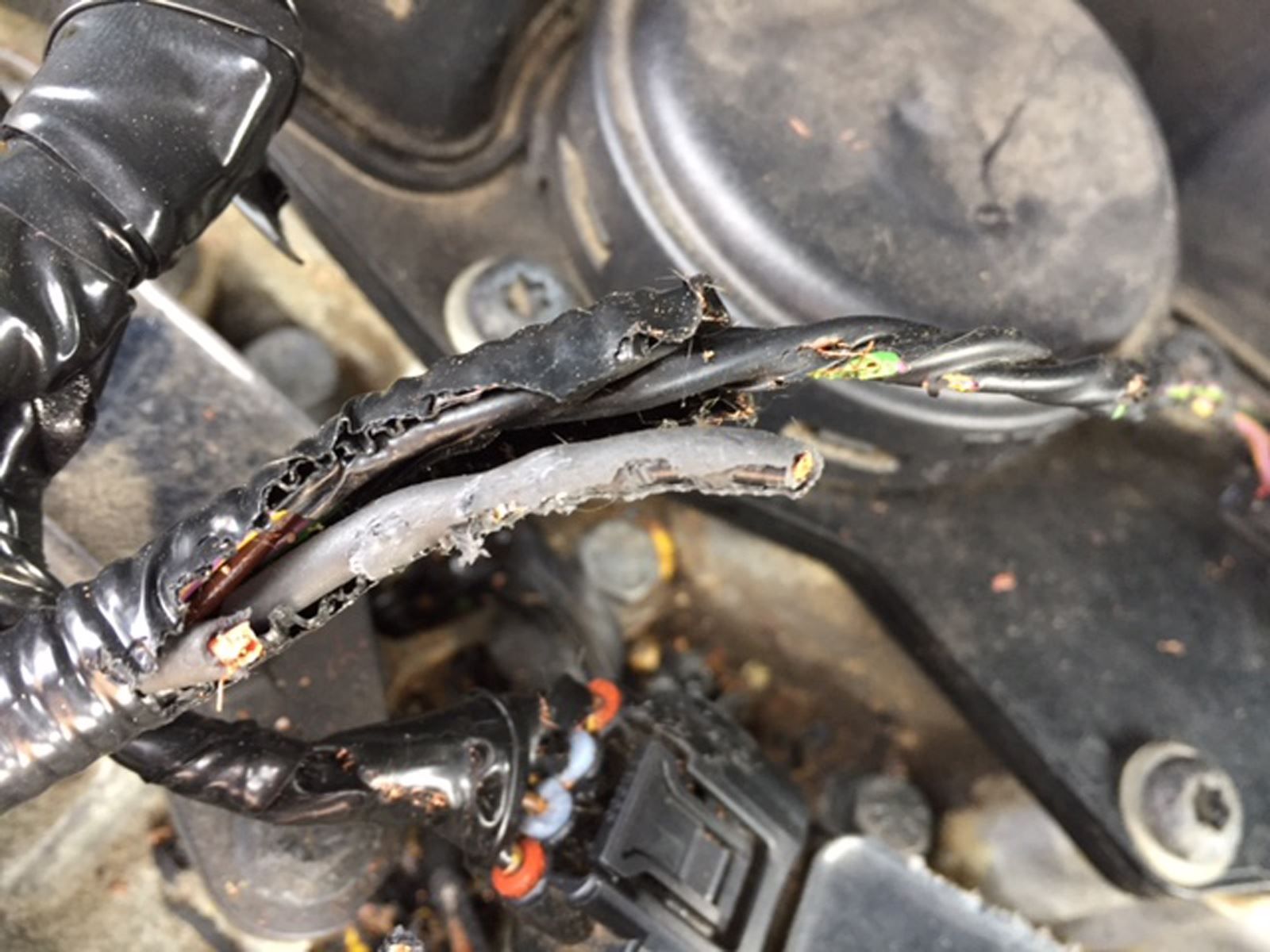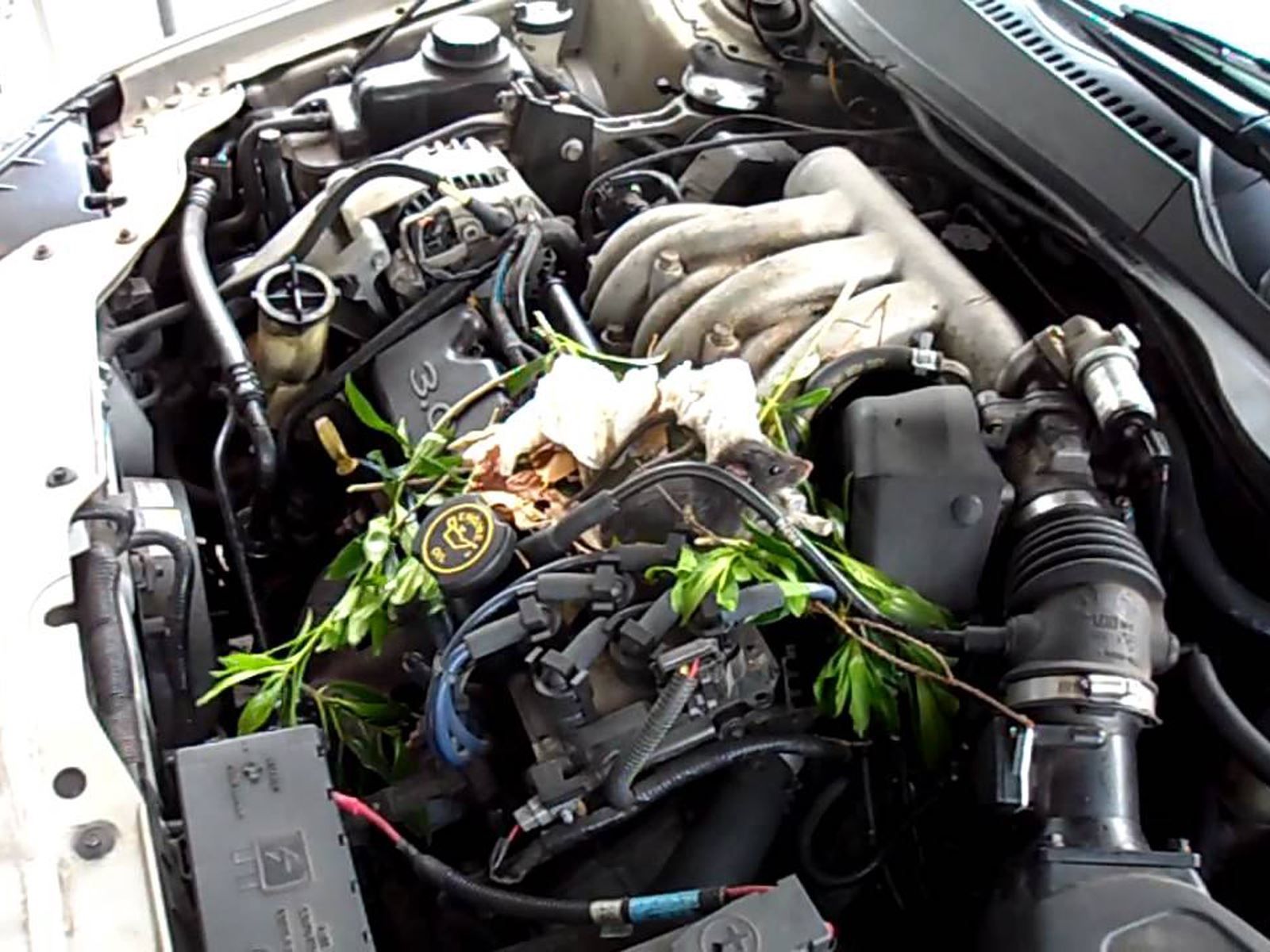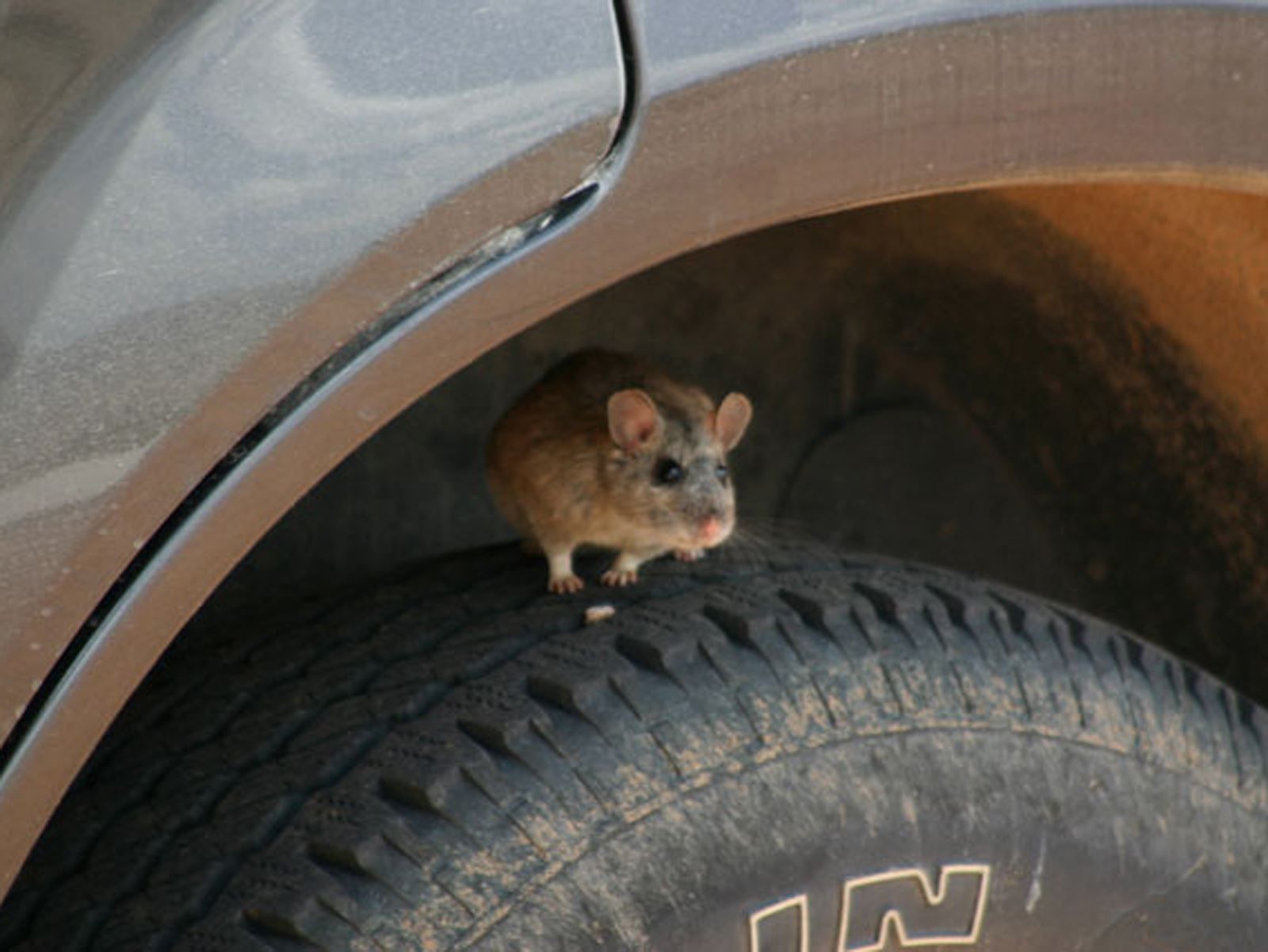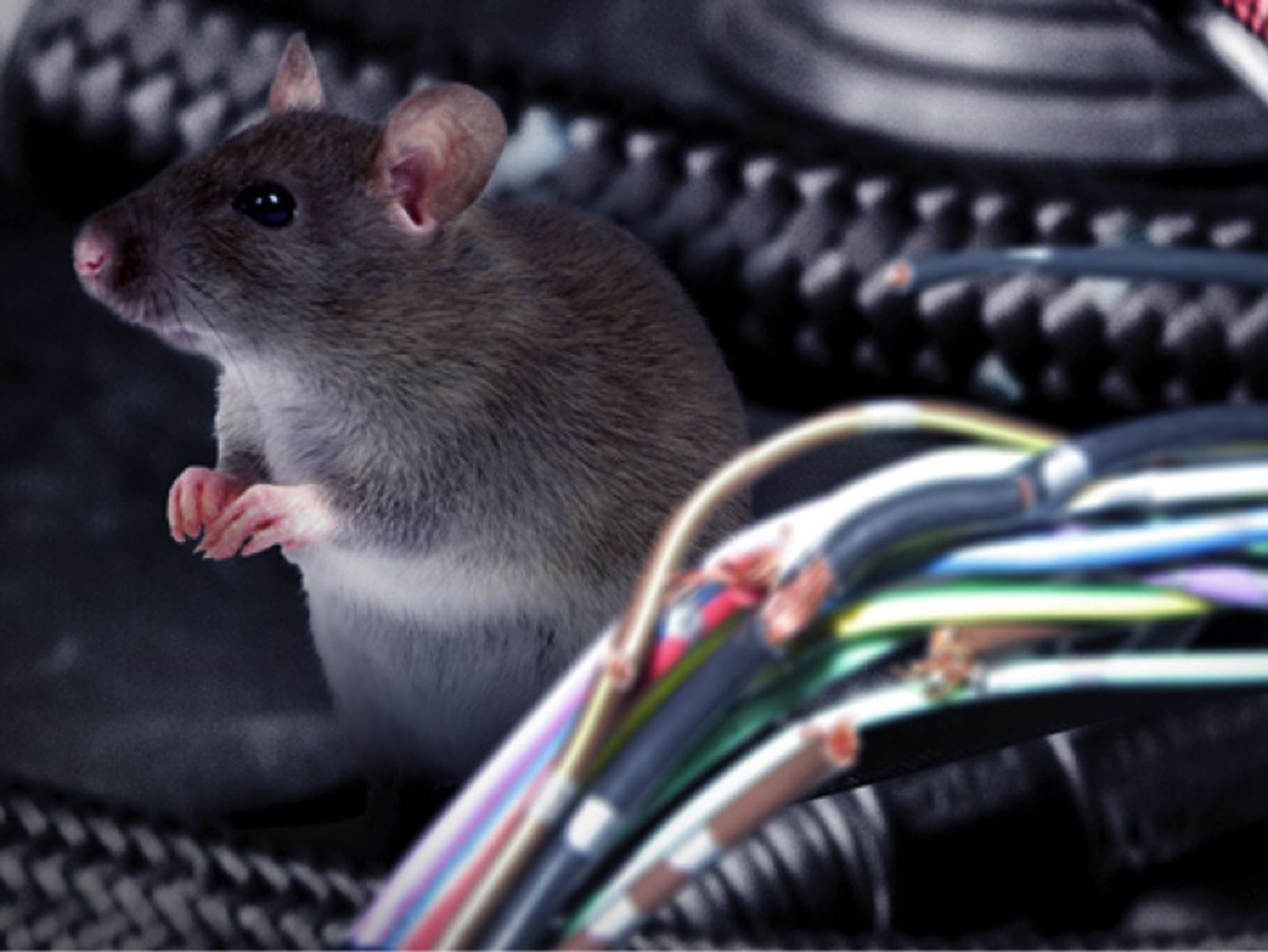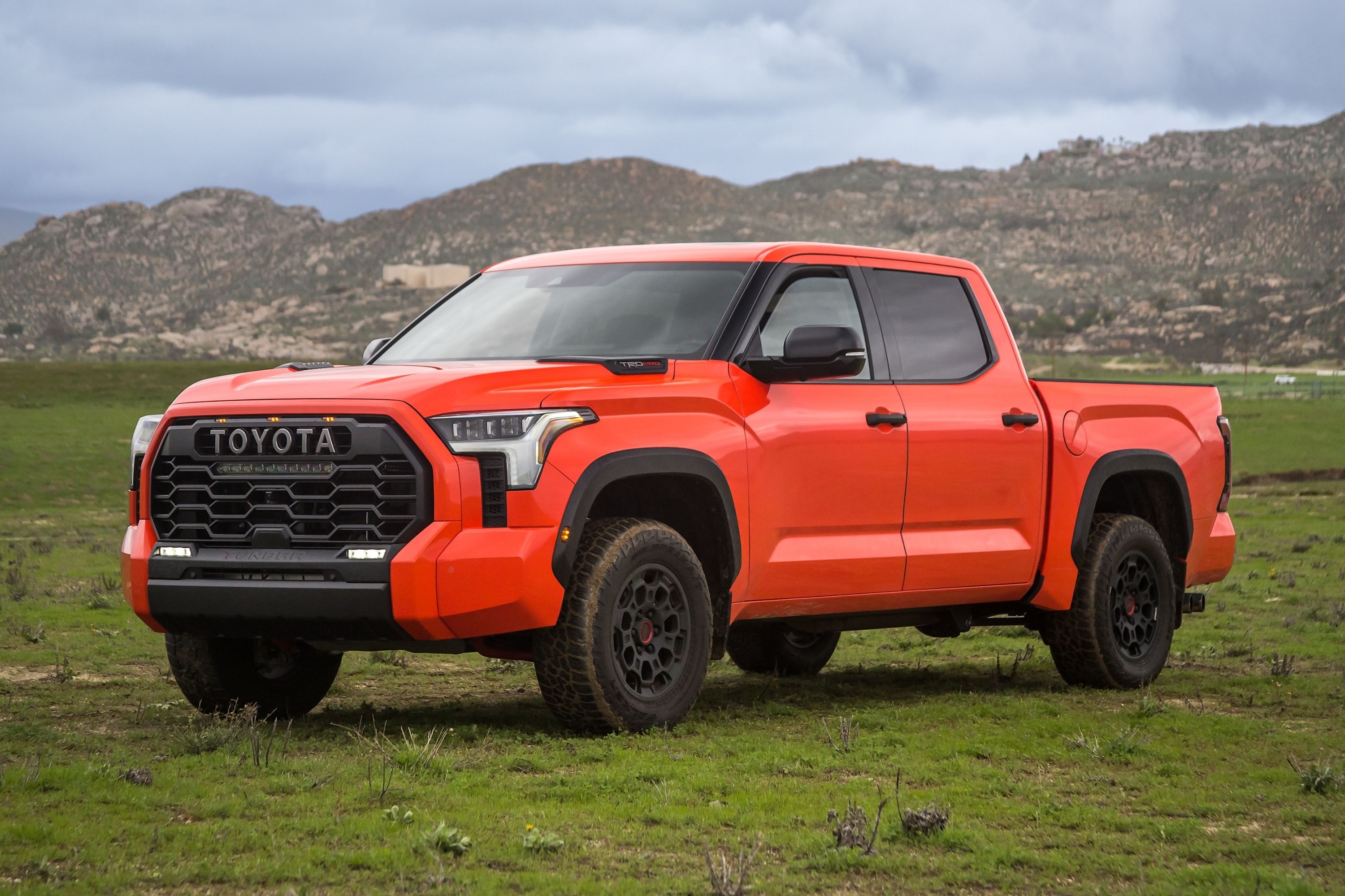
In recent years, automakers, such as Ford and Toyota, have attempted to do the right thing by switching to more environmentally friendly and sustainable vehicle components. For example, instead of using petroleum-based wiring insulation, Toyota switched to soy-based. Sounds good, right? Well, only kind of. The Detroit Free Press has learned about quite an unusual situation involving that soybean-based insulation and rats. Yes, as in, rodents.
Turns out that some vehicle owners are currently experiencing a situation where rats are finding their way inside the cars and eating that insulation. One 2017 Ford Mustang owner from Michigan affected by this has been doing the following nightly five-minute routine: She puts Pine-Sol on the ground around her car, dryer sheets are placed under the front seat and in the trunk, and finally a spray made with "essential oils" is applied to the tires. The engine is sprayed weekly with peppermint oil, too. Why go through all the hassle? Because of a previous $600 repair bill after a rat ate through wires under the car's hood. It was easy to figure out it was a rat thanks to the feces and urine it left on the engine.
While these avoidance methods may be a bit unique, this Mustang owner is not alone with the rat problem. In fact, a class-action lawsuit in California was filed against Toyota in 2016, claiming the automaker should cover under warranty any damage caused by rodents as they eat their way through the soy-based wiring insulation. Also in 2016, several AAA car care centers on the East Coast made similar rodent discoveries. Because they're rats, there's no preference for vehicle make and model. Depending on the amount of damage done, the repair costs can get pretty high. For example, the owner of a 2012 Toyota Tundra, whose wiring insulation was snacked on three times by rats, was stuck with a $1,500 bill.
This owner is part of that class-action suit because the damage done was not covered by warranty, but he believes it should be. Toyota argued that the likelihood of rats chewing these wires is about the same if petroleum insulation was used instead. The likely reasons why rats chew the insulation in the first place is to stay warm when it's cold outside, sharpen their teeth, and search for nesting materials. Insurance companies will sometimes cover owner costs, assuming they pay the deductibles, but some are still forced to pay out of pocket. But the problem of rats invading and feasting on a vehicle's wiring isn't new, and it existed prior to the use of soy-based insulation, hence the reason why automakers are trying to avoid paying out.

